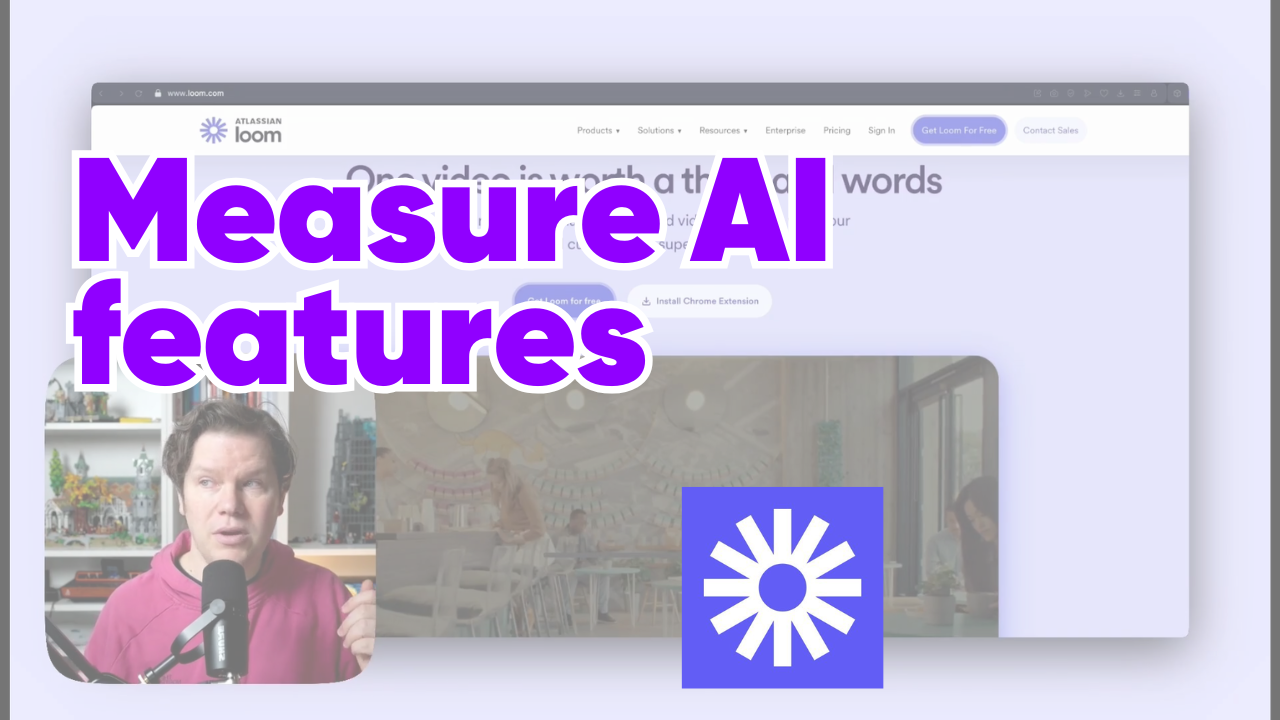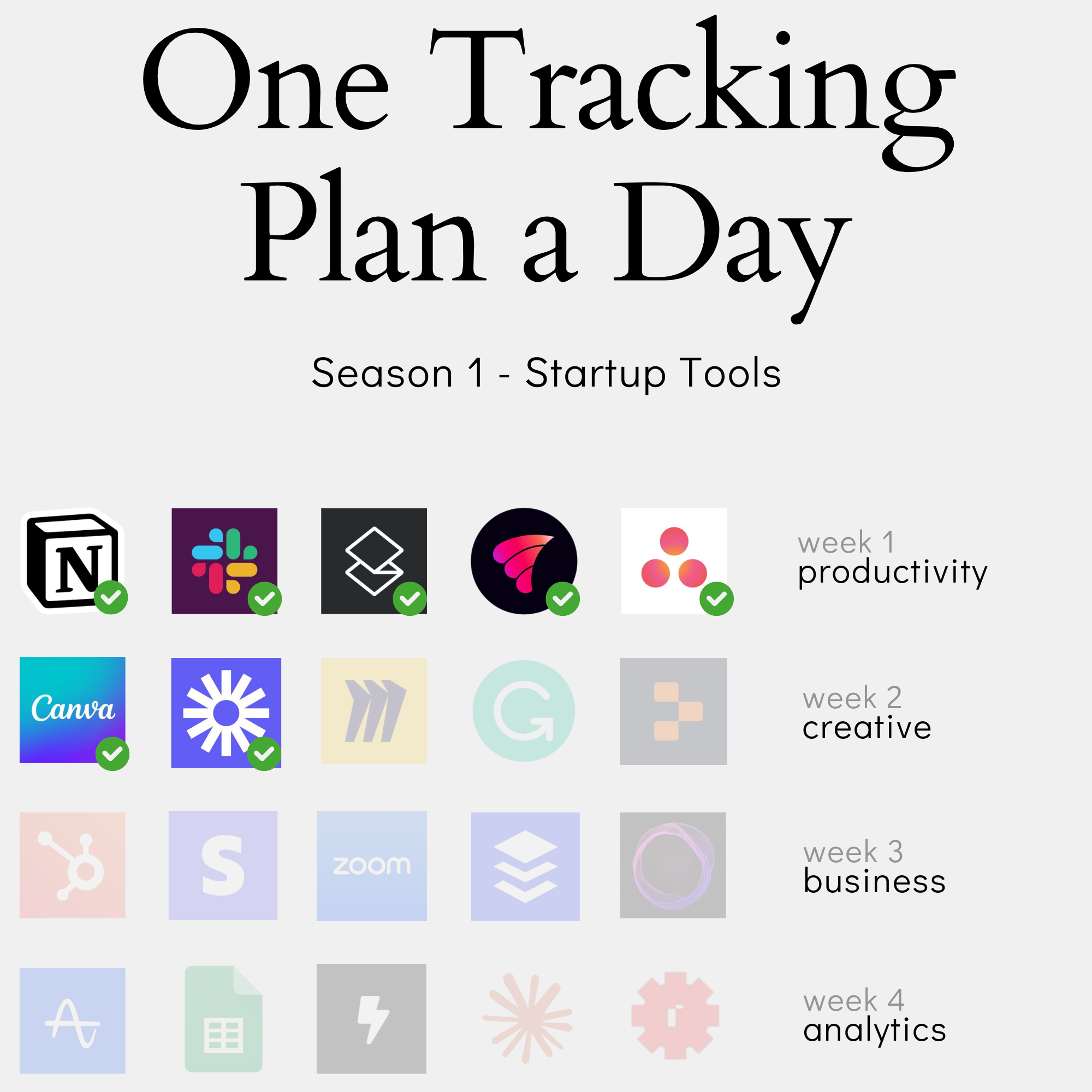Measuring AI productivity features - Analytics setup for Loom

Imagine spending months perfecting your product's analytics, meticulously tracking every user action, only to have AI features completely upend your measurement strategy.
That's the challenge many product teams face today. When Loom added AI-generated titles, summaries, and chapters to their video platform, they didn't just add new features - they fundamentally changed how users interact with their product. How do you measure the success of actions that no longer happen? How do you track productivity gains from tasks users never needed to perform? Traditional analytics approaches fall short when measuring AI features, but there's a way forward. Using Loom's journey as our guide, let's explore how to adapt our analytics strategy for the age of AI-enhanced products.
This post is part of our series exploring analytics implementations for different types of products. While previous posts focused on measuring core promises and strategic features, today we tackle a unique challenge: how to track features that often leave no trace in our traditional analytics systems.
Our journey through Loom's implementation will reveal practical approaches for measuring AI's impact on your product.
In this content series - season 1, I create a tracking plan for a typical start-up tool every day for four weeks (I take a break on the weekend), so 20 in total. This is the 7th one: Loom. Here is the season overview:

The AI Analytics Paradox
The Disappearing Action Problem
When building analytics for traditional features, we track what users do - clicks, submissions, completions. But AI features often work by eliminating actions rather than adding them. This creates a fascinating paradox: how do you measure the success of something not happening?
Take Loom's auto-title feature. Previously, users would:
- Finish recording their video
- Think about an appropriate title
- Type it in manually
- Maybe revise it a few times
Now with AI, the title appears automatically. As I noted in our discussion: "The tricky thing is that AI features are often just an extension of an existing feature... Before, you had to type in the headline yourself. This is a micro action. It's not really something significant happening here."
Subscribe to continue reading
